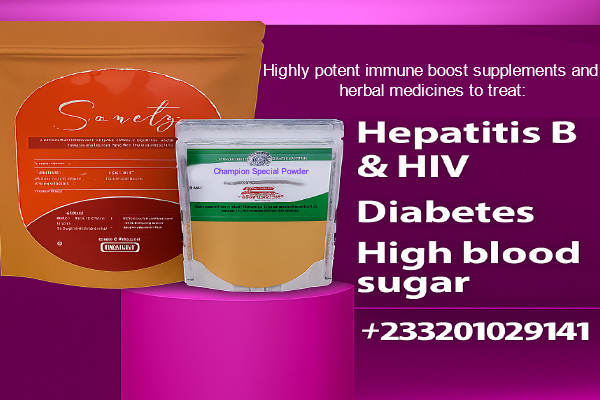Table of contents [Show]
- 1. Why LinkedIn Newsletters Matter
- 2. Define Your Personal Brand First
- 3. Choose a Clear, Catchy Newsletter Name
- 4. Craft a Simple and Strong Introduction Post
- 5. Consistency is Key
- 6. Focus on Value, Not Promotion
- 7. Engage With Your Readers
- 8. Optimize Your LinkedIn Profile
- 9. Promote Your Newsletter Off LinkedIn
- 10. Track Performance and Improve
In the digital age, personal branding is not just a nice-to-have anymore, it is a must. Whether you are a freelancer, entrepreneur, job seeker, or industry expert, what people think of you online can open or close doors. One of the most underused but powerful tools for building a personal brand is the LinkedIn Newsletter.
Here is how you can really use LinkedIn Newsletters to build and grow your personal brand.
LinkedIn is not just a place to connect with professionals. It is a content-sharing platform where people go to learn, network, and discover new ideas. The LinkedIn Newsletter feature allows you to put out regular, longer articles that go directly to your network’s inbox meaning you don’t just post and hope it is seen, you actually tell your subscribers directly. This is a game changer because it keeps your name and voice always in front of your audience, helping you stay remembered and making you a go-to expert in your area.
2. Define Your Personal Brand First
Before starting a newsletter, be clear about what your personal brand is all about. Ask yourself:
- What are you known for or want to be known for?
- What skills or expert knowledge do you offer?
- Who are you trying to reach?
Let us say you are a digital marketer focused on small businesses. Your brand might focus on real, useful tips for growth. If you are a tech recruiter, your brand might be about career development and hiring trends. Being clear here will decide the feel, look, and topics of your newsletter.
Your newsletter name should immediately show what it offers. Avoid general titles like “My Weekly Thoughts” and go for something more clear and appealing.
Examples:
The Freelance Fix: Weekly Growth Tips for Independent Creators
Hiring Edge: Insights for Tech Job Seekers
Brand Voice: Authentic Marketing for Modern Brands
A good name creates curiosity and shows people what they’ll gain by subscribing.
4. Craft a Simple and Strong Introduction Post
Your first issue should clearly explain what your newsletter is about, who it is for, and what kind of content people can expect, It is your pitch. Make it welcoming, informative, and valuable.
Example:
“Welcome to The Freelance Fix! Every week, I will share quick tips, tools, and strategies to help you grow your freelance career whether you are just starting or scaling up. Expect practical advice, personal insights, and zero fluff.” End with a request to act: “If that sounds useful, hit subscribe and join me every Monday!”
5. Consistency is Key
The best way to build a strong personal brand is to show up consistently. Choose a schedule you can stick with weekly, bi-weekly, or monthly and stick to it. Don't worry about writing long essays, a newsletter can be 300–600 words as long as it gives value. Think of it as a short conversation with your audience.
Consistency builds trust. Over time, people start looking forward to your content, and your brand gets linked to reliability and expert knowledge.
6. Focus on Value, Not Promotion
Your newsletter should not be a space where you just talk about your achievements or sell your services, that will be a turn-off. Instead, focus on solving problems for your readers. Offer tips, share case studies, give industry knowledge, or tell personal stories with lessons. When you give value freely, people begin to trust your expert knowledge. That trust grows your brand better than just promoting yourself.
7. Engage With Your Readers
Don’t just publish and disappear, reply comments, thank people who share your newsletter, ask questions at the end of your posts to get people talking.
Example:
“What is your biggest challenge as a freelance writer? Hit reply or comment I will love to feature some responses in next week’s post.”
Engagement makes you more visible and shows your audience you’re approachable and authentic.
8. Optimize Your LinkedIn Profile
Your LinkedIn profile is often the first place new readers go after reading your newsletter. Make sure it shows your personal brand:
- Use a clear, professional profile photo.
- Write a strong headline that shows your expert knowledge (e.g., “Helping Small Businesses Grow Through Smart Marketing”).
- Keep your About section updated and matching your newsletter’s message.
- Showcase your main achievements, testimonials, or work examples in the Featured section.
- Think of your profile as your personal landing page.
Don’t only depend on LinkedIn to promote it, share your newsletter on other platforms like Twitter, Facebook, or your personal blog. Add a link to your email signature or include it in your online bio. The more places your newsletter is seen, the more people will subscribe and link your name to what you're good at.
10. Track Performance and Improve
LinkedIn gives you stats like open rates, how many subscribers you have, and reactions. Pay attention to what topics get the most engagement and change future content to fit. This way of getting feedback helps you grow smarter and faster.
Building a personal brand takes time, but LinkedIn Newsletters give you a powerful tool to quickly boost how visible, trustworthy, and expert you are. By consistently giving useful content to a growing audience, you become more than just a profile you become a voice in your field. So if you have been thinking about building your brand, start your LinkedIn Newsletter today. Don’t wait for the perfect post, just start and improve as you go. Your future self will thank you.

 Kefas Solomon
Kefas Solomon

Leave a comment
Your email address will not be published. Required fields are marked *